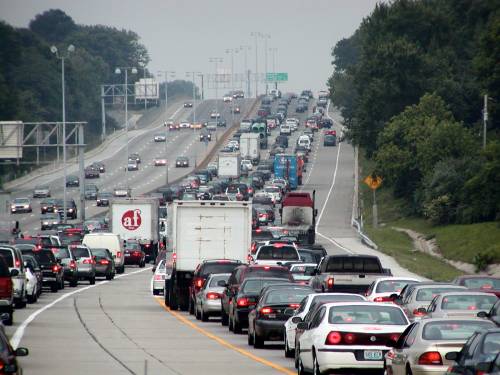With warm summer temps settling in and the importance of keeping the region’s air clean at an all-time high, the Clean Air Partnership is recognizing businesses and institutions of all types and sizes that are driving change in St. Louis. College campuses are oftentimes breeding grounds for new innovations and ideas, especially ones that work towards a more sustainable future. This month, we continue to celebrate the 10th anniversary of the St. Louis Green Business Challenge by shining a spotlight on Webster University for its sustainability initiatives.
Webster University is a private, non-profit university that offers undergraduate and graduate programs in various disciplines. The university has multiple branch locations both national and international, with its home campus in Webster Groves, MO. Recently, the campus community has been making exceptional strides that produce positive impacts on the natural world. In 2018, its main campus received St. Louis Green Business Challenge’s Achievement Award in the Star Circle of Excellence and an Award of Merit at the Champion Level, the highest level of competition.
Innovations to improve the community’s carbon footprint can be seen throughout the campus by the increased presence of bikes. Last year, the Webster University Sustainability Coalition launched the St. Louis region’s first university bike share program that allows students, faculty, staff and alumni to rent one of ten available bicycles. The bikes can be used on the college grounds and throughout the surrounding areas and the program is free to users for short distance trips.
New sustainable technology is now present at Webster University as well. Through grant funding, the university was able to install two new solar-powered recycling waste compactors in high traffic areas on campus, in addition to their existing recycling bins and containers. Furthermore, the university completed an LED lighting retrofit at the campus pool to make the building more energy efficient.
In another effort to encourage Webster University students to think critically about prevalent issues in our environment, the Sustainability Coalition and the Sustainability Office partnered to host the first campus-wide Sustainability Week in 2018. The annual week is comprised of an array of events and opportunities for the campus community to make a greater connection with built and natural habitats. This summer, Webster University also hosted Sustainability Wednesdays from 12 to 1 p.m. to help the community learn about the impact of small, local sustainable actions. Topics this year ranged from local agriculture and food insecurity, to how voting can improve equitable transportation options, to the impact of citizen science.
Webster University’s initiatives to create a more environmentally friendly campus and to educate the surrounding community about sustainability makes it a leading example for universities across the country. With the effort of communities like Webster, we can work to help make the planet greener, one step at a time.
For more information on the link between sustainability and air quality, explore our website, like us on Facebook or follow us on Twitter at @gatewaycleanair. To learn more about the ongoing sustainable efforts by Webster University and how your company or institution can get involved in the St. Louis Green Business Challenge, visit http://stlouisgreenchallenge.com/.










